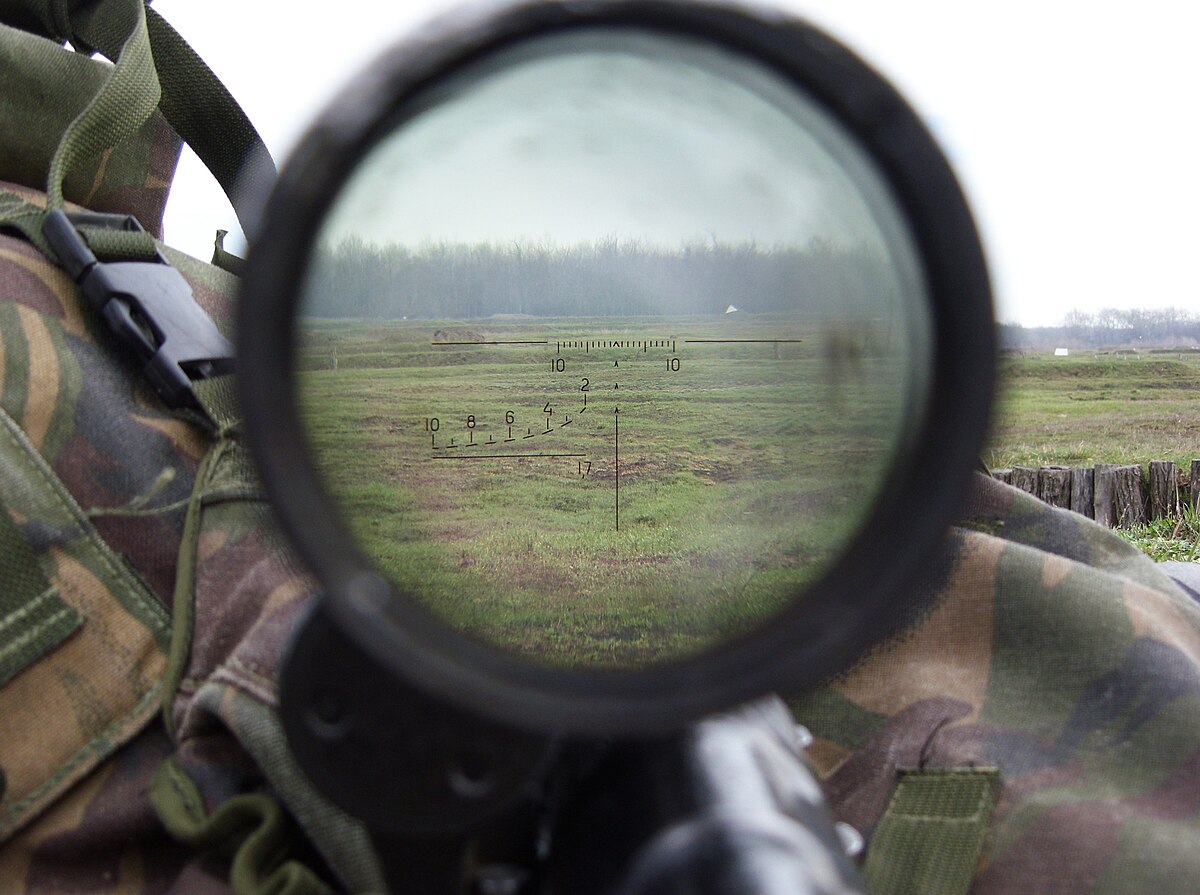canadianclimber
TreeHouser
- Joined
- Sep 23, 2010
- Messages
- 214
Hey,
Is there a certain part of the chain that is responsible for cutting when doing the 45degree cut on your face cuts? Hope that makes sense.
I've never been the best at sharpening. For flat striaght cuts my saw is mowing through logs and throw nice big chips. When I go to do the 45 degree down cut it feels like dull. Maybe the rakers need more attention. Brought down more, possible.
Any tips would be great. Feel free to direct me elsewhere if this has been discussed.
Is there a certain part of the chain that is responsible for cutting when doing the 45degree cut on your face cuts? Hope that makes sense.
I've never been the best at sharpening. For flat striaght cuts my saw is mowing through logs and throw nice big chips. When I go to do the 45 degree down cut it feels like dull. Maybe the rakers need more attention. Brought down more, possible.
Any tips would be great. Feel free to direct me elsewhere if this has been discussed.


